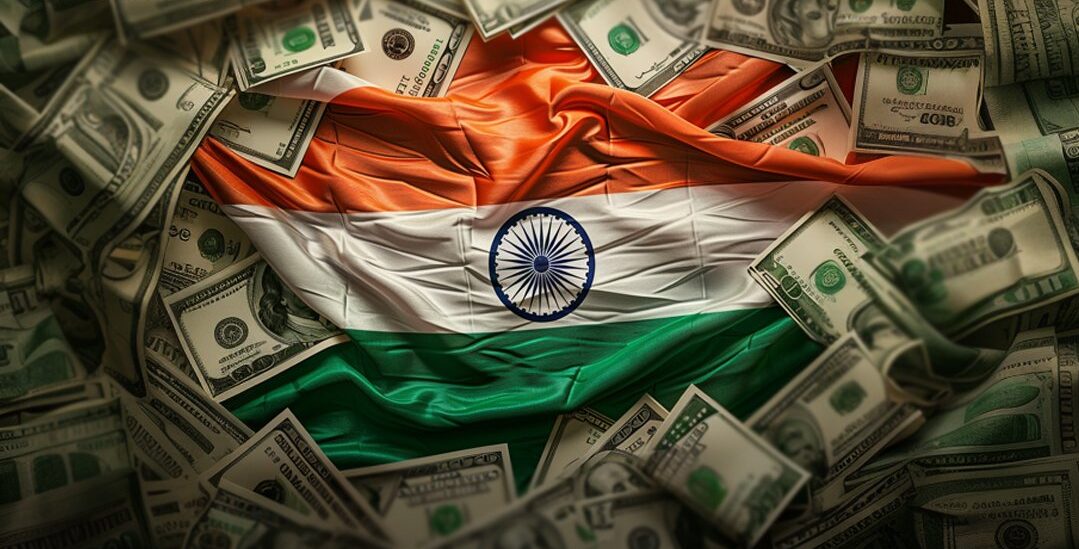As India strides towards a significant economic and social recovery, the Modi government’s strategic initiatives and reforms have played a pivotal role. The country’s journey is underscored by a combination of responsive policy-making, ambitious national projects, and an emphasis on leveraging digital technology to empower economic and social growth
 KRC TIMES Desk
KRC TIMES Desk

Dr Shubham Mahajan
As India strides towards a significant economic and social recovery, the Modi government’s strategic initiatives and reforms have played a pivotal role. The country’s journey is underscored by a combination of responsive policy-making, ambitious national projects, and an emphasis on leveraging digital technology to empower economic and social growth.
Economic Revival and Strategic Reforms
The economic blueprint laid out by Prime Minister Narendra Modi has been characterized by proactive reforms aimed at boosting economic growth and ensuring sustainable development. The key to this revival has been a series of structural reforms intended to enhance business operations, increase foreign investment, and streamline governance.
GST and Its Impact: The implementation of the Goods and Services Tax (GST) marked a significant overhaul of India’s taxation framework, aiming to diminish the cascading effect of tax-on-tax, prevalent in the pre-GST era. Despite initial challenges, GST has started to stabilize, offering a more predictable tax environment and improving the ease of doing business. Revenue from GST has shown a promising increase, indicating a gradual improvement in compliance and an expansion in the tax base.
FDI and Economic Policies: Foreign Direct Investment (FDI) policies have been liberalized across several sectors, including defense, telecom, and insurance, which have attracted substantial foreign investments into India. This influx of foreign capital has not only boosted the economy but also brought in cutting-edge technologies and enhanced skills development in the Indian workforce.
Infrastructure Development: Massive investments in infrastructure – roads, railways, airports, and energy – are crucial underpinnings of India’s developmental plans. The Bharat Mala and Sagar Mala projects, aimed at improving road and port connectivity, respectively, are ambitious steps towards enhancing the logistics and transport sectors, critical for India’s aim to boost its manufacturing sector.
Digital Transformation and Financial Inclusion
The Modi Government has placed a strong emphasis on digital infrastructure as a cornerstone of India’s modernization. The Digital India initiative aims to ensure government services are available to citizens electronically and have been successful in increasing digital literacy and access.
UPI and Digital Payments: The Unified Payments Interface (UPI) has revolutionized digital payments, making India one of the leaders in digital finance innovation. This surge in digital transactions has fostered a new era of financial inclusivity, where more citizens are engaging in the formal economy.
Jan Dhan Yojana: Launched in 2014, the Pradhan Mantri Jan Dhan Yojana (PMJDY) has been a revolutionary step towards financial inclusion, providing over 400 million beneficiaries with bank accounts. This has not only facilitated direct transfer benefits but also integrated a significant portion of the population into the financial mainstream, promoting savings and financial security.
Social Welfare and Challenges
While economic strategies are a significant focus, the Modi government has also prioritized social welfare schemes aimed at improving the quality of life for all Indians.
Healthcare Initiatives: The Ayushman Bharat program, the world’s largest government-funded healthcare program, is a major step towards providing affordable healthcare services to over 500 million individuals. The initiative aims to address the healthcare system’s accessibility and affordability, reducing the financial burden of healthcare on India’s poorer households.
Educational Reforms: The National Education Policy (NEP) 2020 marks a significant reform in the Indian education system. It emphasizes making education more holistic, flexible, multidisciplinary, aligned to the needs of the 21st century. It aims to increase the gross enrollment ratio, reduce dropout rates, and integrate technology to enhance learning.
Challenges Ahead: Despite significant progress, challenges such as unemployment, rural distress, and socioeconomic disparities persist. The recent agricultural and labor reforms have sparked considerable debate and unrest, highlighting the delicate balance the government must maintain between modernization and the traditional sectors of the economy.
India’s path to recovery, underpinned by the Modi Government’s vision, is navigated through strategic economic reforms, digital transformation, and robust social welfare schemes. While substantial progress has been made, the journey is complex and layered with the task of balancing growth with equity. As India continues to evolve, the focus will remain on inclusive and sustainable development, aiming not just for economic recovery but for a thriving, resilient, and equitable nation.
Advertisement | KRC Times






